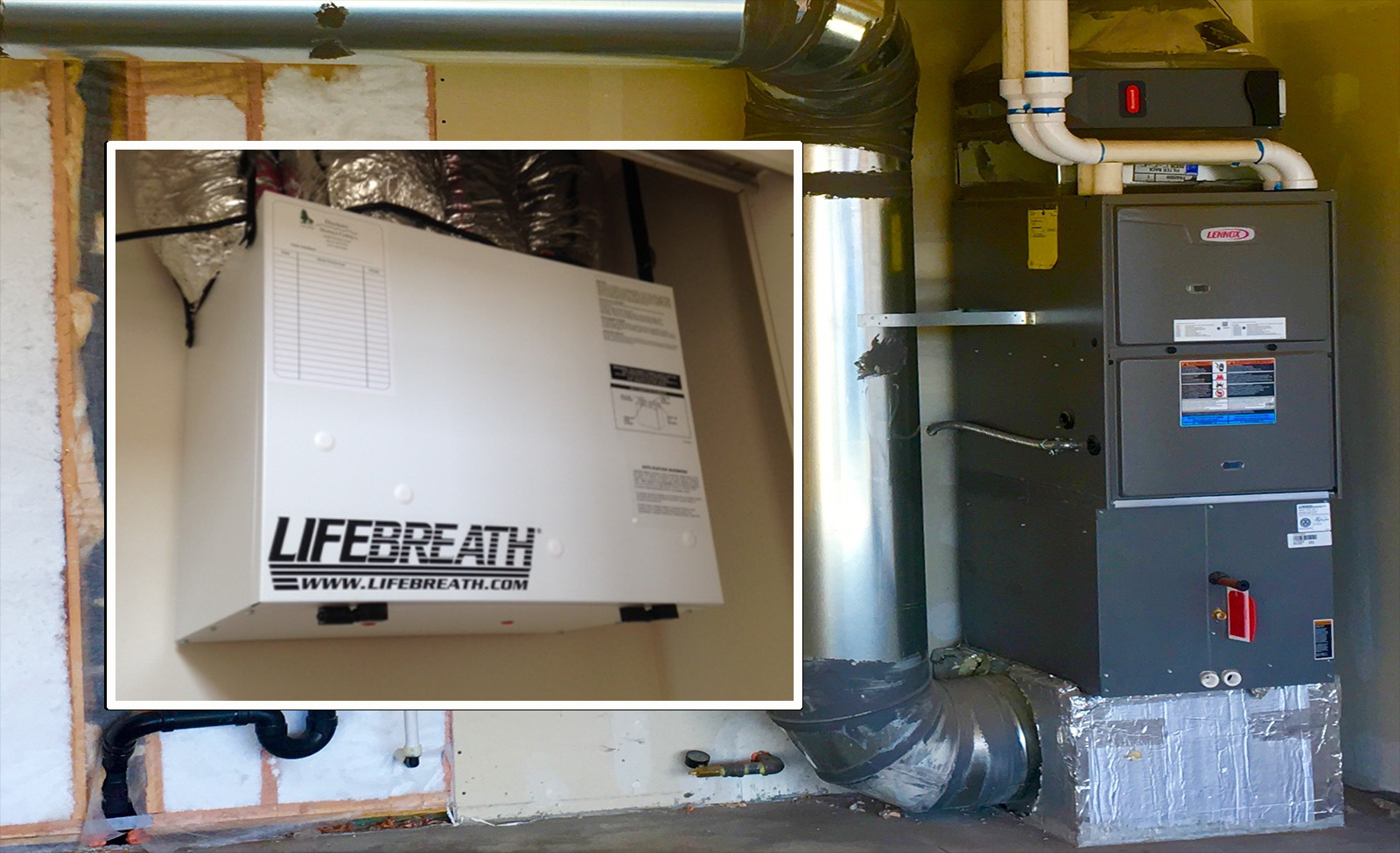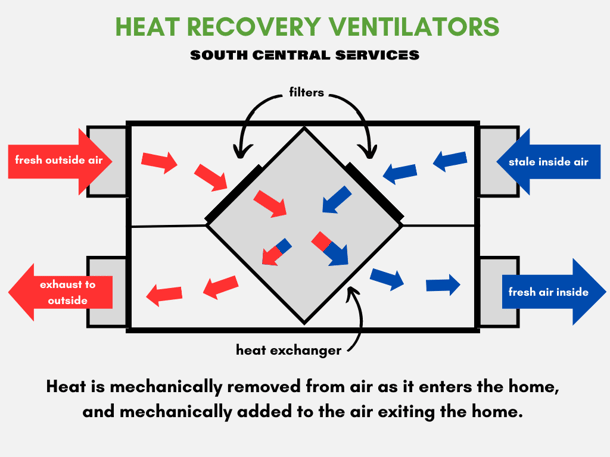Checking out the Advantages of Heat Recovery Ventilation for Power Efficiency in Homes
Heat Recovery Ventilation (HRV) systems provide property owners a sensible strategy to improving power efficiency. By recovering warmth from outgoing air, these systems can significantly decrease heating & cooling expenses. In addition, they supply a consistent supply of fresh air, boosting indoor air quality and convenience degrees. As house owners think about sustainable alternatives, recognizing the subtleties of HRV systems ends up being progressively important. What elements should one review before making such an investment?
Understanding Heat Recovery Ventilation Systems

Just How HRV Boosts Indoor Air Quality

Power Savings: The Monetary Advantages of HRV
Making the most of power performance, heat recovery ventilation (HRV) systems provide substantial monetary benefits for house owners. By recouping and reusing heat from exhaust air, HRVs noticeably minimize heating and cooling prices. This modern technology can cause power financial savings of as much as 30%, depending upon climate and use patterns. Home owners typically see decreased utility bills quickly after installation, making HRVs a financially sensible investment Full Article gradually. Additionally, many areas supply motivations or rebates for energy-efficient upgrades, even more enhancing the economic appeal. As energy prices proceed to rise, the cost-effectiveness of HRVs comes to be increasingly clear. Generally, the incorporation of HRV systems not only advertises power effectiveness however also adds to lasting monetary cost savings for homes.
The Ecological Impact of Heat Recovery Ventilation
A substantial ecological benefit of heat recovery ventilation (HRV) systems exists in their capacity to lower total power usage. By recovering warmth from exhaust air and moving it to inbound fresh air, HRV systems lessen the demand for energy-intensive home heating and cooling down methods. This reduction in energy demand adds to decrease greenhouse gas emissions, as less fossil fuel is called for to preserve comfortable interior temperature levels. Furthermore, HRV systems boost interior air top quality by effectively exchanging stagnant air with fresh outside air, reducing dependence on mechanical cooling systems that can harm the environment. Generally, the execution of HRV systems sustains sustainable living techniques and aligns with international efforts to combat climate change by advertising power performance in household settings.
Selecting the Right HRV System for Your Home
Exactly how can property owners guarantee they choose the appropriate heat recovery ventilation (HRV) system for their demands? First, they ought to examine their home's size and design, as these elements influence air movement requirements. Next, reviewing the system's efficiency rankings is vital, as higher rankings suggest far better performance and power cost savings. Home owners must additionally think about installment and upkeep prices, contrasting different brand names and designs for worth. Additionally, it is very important to evaluate noise levels, as some systems run more quietly than others. Consulting with heating and cooling experts can supply customized recommendations based on certain home problems. Taking a look at user reviews and guarantees can help in making an educated choice, guaranteeing that the chosen HRV system effectively enhances indoor air quality and power effectiveness.
Regularly Asked Questions

How Usually Should I Clean or Maintain My HRV System?
The frequency of cleansing or keeping a warm healing ventilation (HRV) system normally relies on usage and environmental aspects. Typically, it is a good idea to perform upkeep every 6 months to ensure peak efficiency and air quality.

Can HRV Equipments Help In Reducing Moisture Degrees Inside?
HRV systems can effectively reduce indoor humidity degrees by trading stale, damp see this here air with fresh, drier air from outside. HRV Heat Recovery Ventilation. This process helps maintain a well balanced indoor environment, improving convenience and avoiding moisture-related concerns
What Is the Life-span of a Typical HRV System?
The life expectancy of a common heat recovery ventilation (HRV) system varies, typically lasting between 10 to 15 years. Normal maintenance can prolong its performance and operational life, making sure peak performance throughout its use duration.
Exist Any Sound Worry About HRV Systems?
Sound right here worry about HRV systems can develop, specifically from fan procedure. Nonetheless, many modern-day devices are developed to decrease sound levels, ensuring they operate quietly while keeping efficiency, which resolves potential disturbances in living settings.
Can I Install an HRV System Myself, or Do I Required an Expert?
The individual contemplated whether to mount the heat recovery ventilation (HRV) system personally or work with a specialist. Normally, while do it yourself setup is possible, proficiency warranties correct functionality and compliance with regional building ordinance, improving system efficiency.